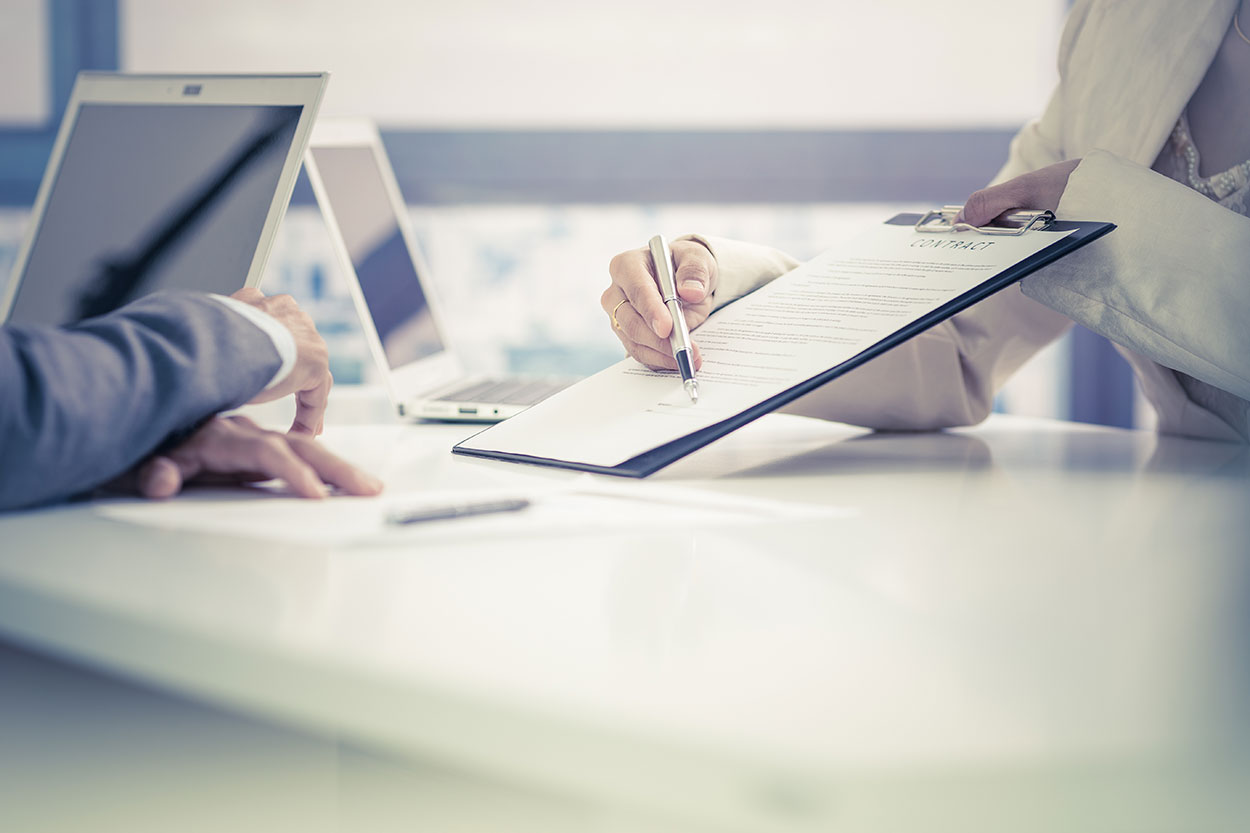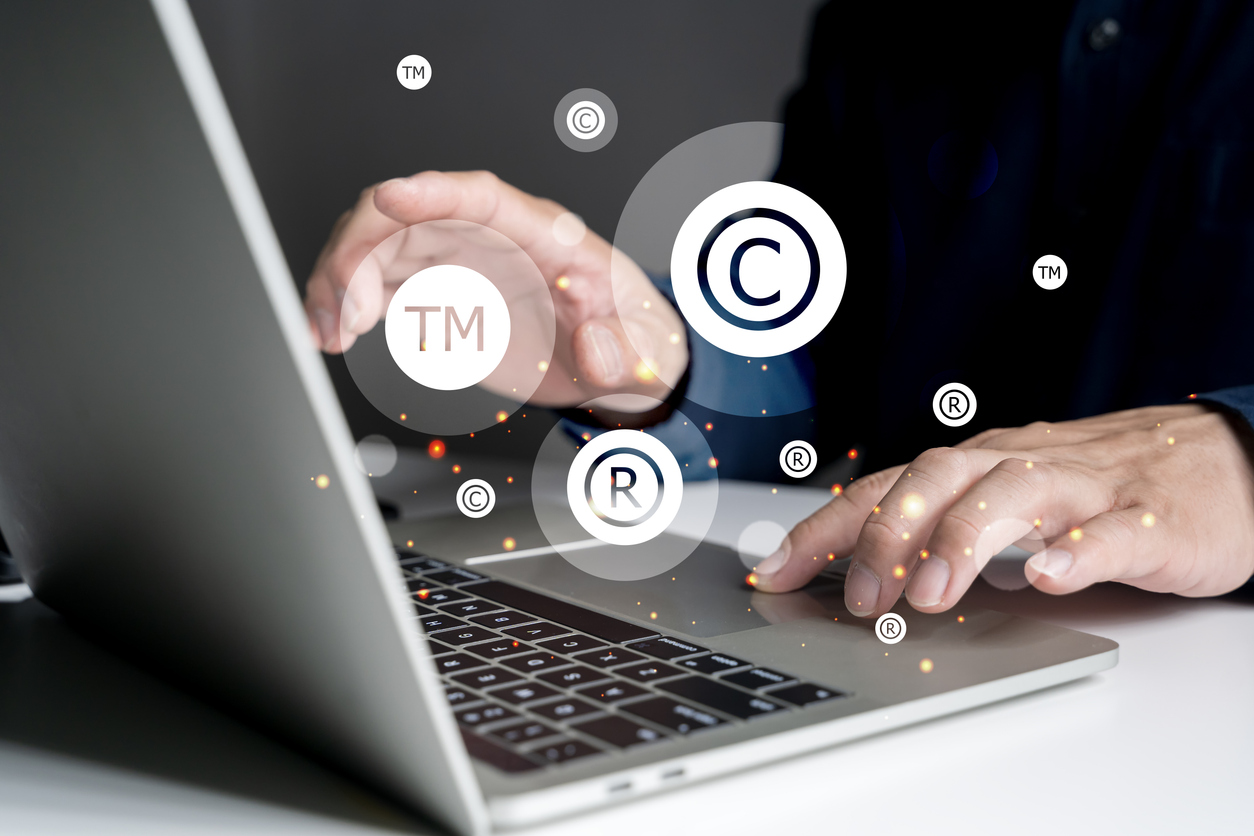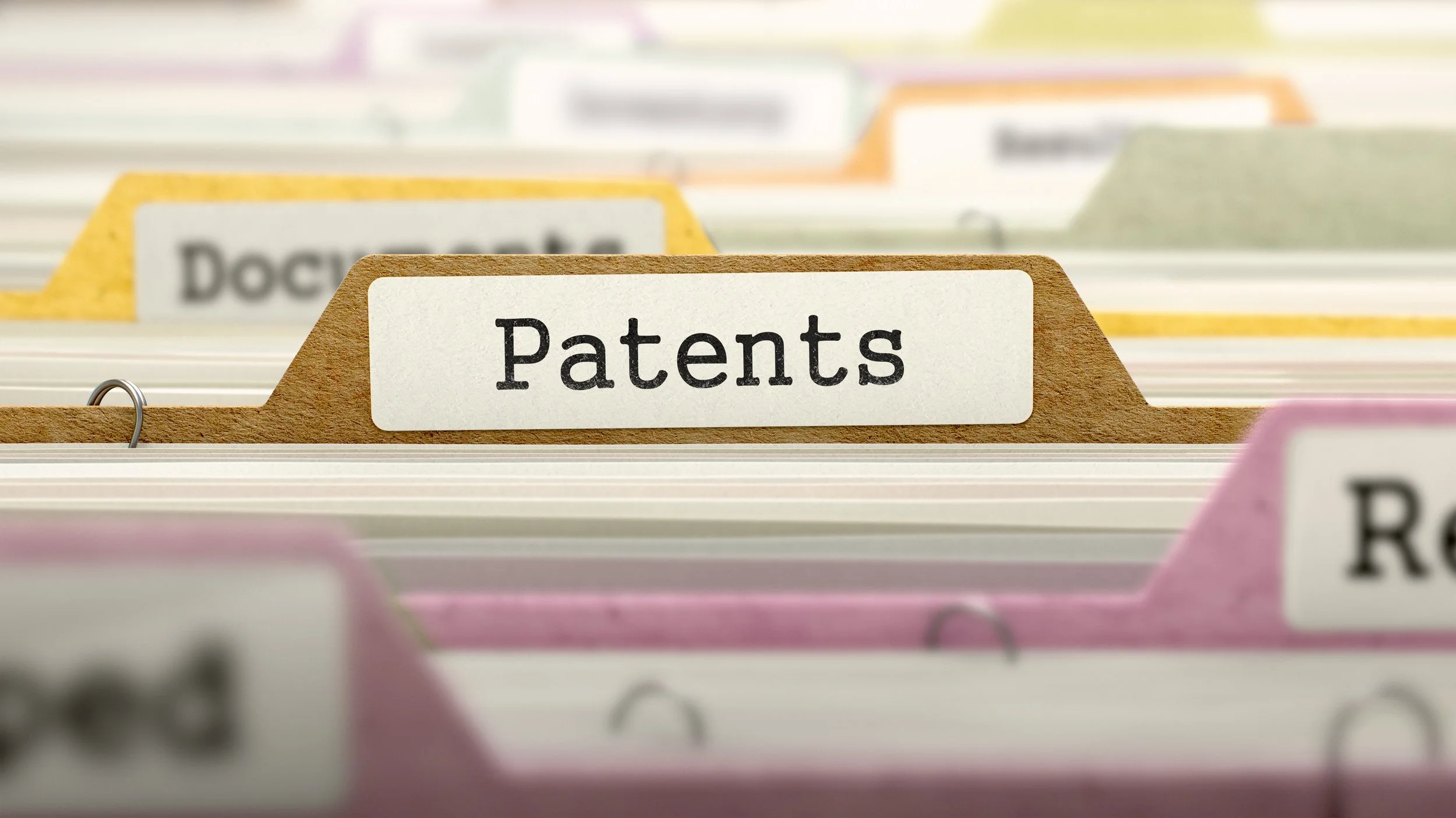Patent literally means exclusive rights and interests, and originally means public letters or public documents. Patent translation requires not only high-level foreign language skills, but also familiarity with professional terms in related industries. Artlangs Translation can provide professional patent translation services for customers. Here are some precautions and translation principles for patent translation, hoping to help you.
In the process of patent translation, special attention should be paid to the following points:
1. The abstract part cannot be ignored: the abstract contains the core information of the patent, and understanding the abstract helps to grasp the main content of the patent.
2. Mark the central words: In the translation process, the key terms and central words in the original text should be marked in advance to ensure accurate and coherent translation.
3. Be faithful to the original text: The translation result should be as faithful to the meaning of the original text as possible to avoid mistranslation or misinterpretation.
4. Deal with long sentences: Long sentences often appear in patents, which are difficult to understand. Therefore, attention should be paid to reasonable sentence segmentation and sentence splitting to make the translation more fluent and easy to understand.
5. Avoid missing content: Be especially careful when translating to ensure that every part of the original text is accurately translated without any omissions.
6. Refer to the attached drawings: If there are attached drawings in the original text, be sure to refer to them carefully. The attached drawings can help better understand the patent content and improve the accuracy of the translation.
In addition, patent translation should also follow the following principles:
1. Ensure clear logic: During the translation process, pay attention to the logic between sentences to avoid going off topic or incoherence.
2. Maintain domain consistency: Keep the sentences reasonable, avoid terms or expressions that are out of the industry field, and avoid making the translated content appear abrupt or unnatural.
3. Professionalism and rigor: Patent translation needs to reflect professionalism and rigor, and should be accurately and meticulously translated according to the needs of patent applications.
4. Use transition words with caution: Pay special attention to the use of transition words when translating to ensure smooth sentences and maintain contextual coherence.
5. Accumulate industry vocabulary: Translators should continuously accumulate common vocabulary for patent translation in this field, and regularly update and revise the vocabulary library to ensure consistency and professionalism of translation.
6. Proofreading should not be neglected: After the translation is completed, it is best to leave enough time for multiple rounds of proofreading. Proofreading should not only be checked from a professional and technical perspective, but also from a language expression and format perspective to ensure that the translation is accurate.
As a professional company in the field of patent translation, Artlangs Translation Company has rich experience and a strong patent translation team. We provide multilingual patent translation services. With years of accumulated patent translation experience and close cooperation with customers in different fields at home and abroad, we are familiar with the patent application requirements of various countries and can provide customers with accurate and fast patent translation services to ensure the smooth progress of patent applications. For more information, please visit Artlangs's official website and consult online customer service.











